The Story Behind The Powerful #thrainnko Instagram - Nature & Freedom to Roam
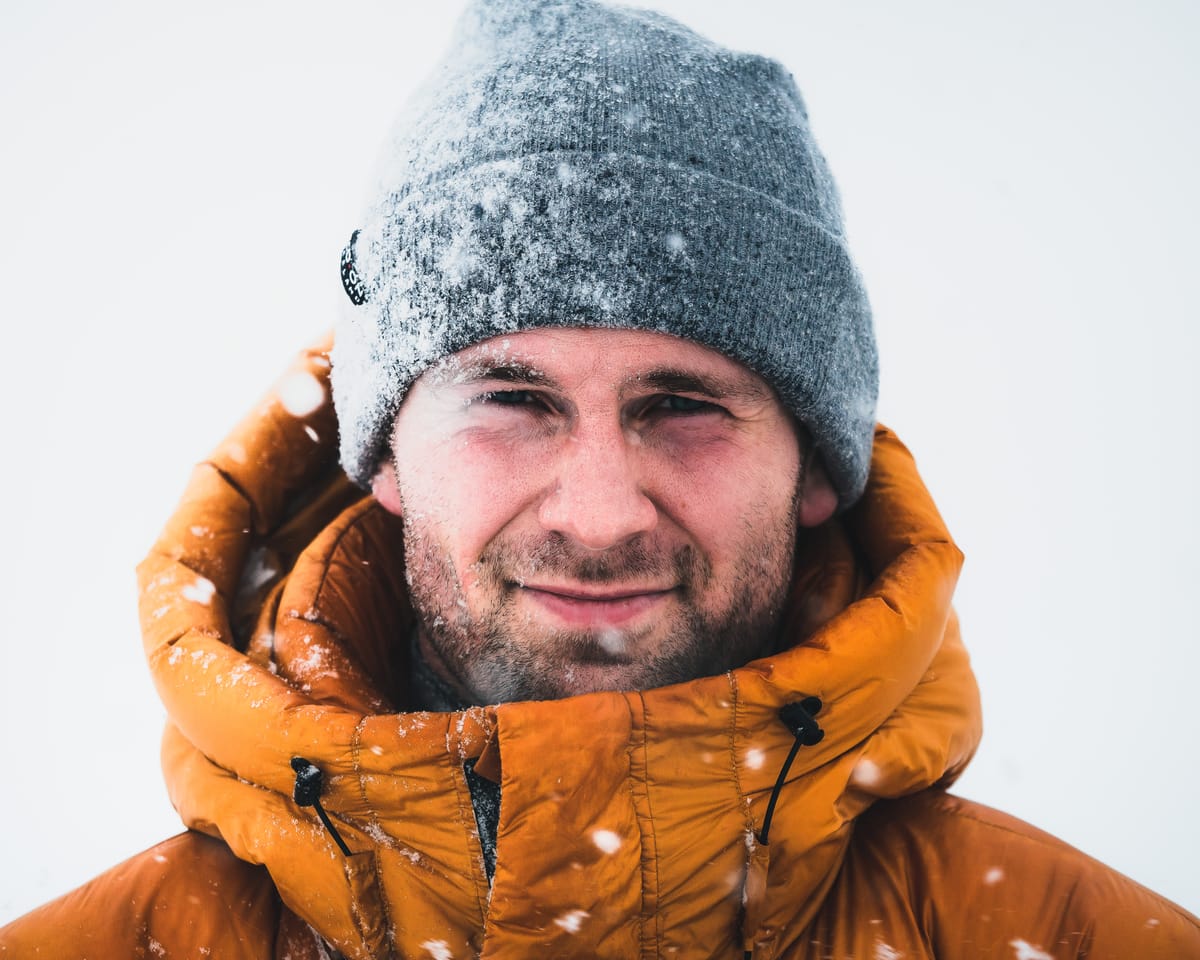
It is tempting to forget that the most important thing about the creative path is not knowing what you're doing beforehand. Someone said that a human soul is a seed waiting to unfold, waiting to portray a powerful innocence from within. Thrainn Kolbeinsson, an Icelandic photographer, started sharing his work through the Instagram vortex a few years ago, relying on the freedom to roam, relying on not knowing what he was doing. This approach has cultivated his account a rough 60k followers, it's a number that keeps him humble, that helps him trust the path, and inspires him to continue his exploration of his themes on nature, the human context therein and patience.
- Where in the world do you live and what is special about that place?
I‘ve lived in Iceland my whole life. Not too long ago I was asked what my favorite thing about living in Iceland was. I had never really thought about it and it took some time to pinpoint a single thing. As I looked back over my life I saw a common theme. A theme I had always taken for granted and it was only as I got older that I realized how valuable and rare it is. That theme revolves around freedom. Ever since I can remember I‘ve had the freedom to roam around my neighborhood, my town, my city, and my country relatively safe from outside dangers. We have a very low crime rate, no deadly predators, and pretty liberal laws. Freedom to think and speak your mind and freedom to go about your own life as you please. Obviously, people have their opinions and biases but that‘s part of belonging to a society, especially with new generations coming and going.
I was merely taking photos of adventures and experiences in my own life and it never crossed my mind that could be a rewarding career
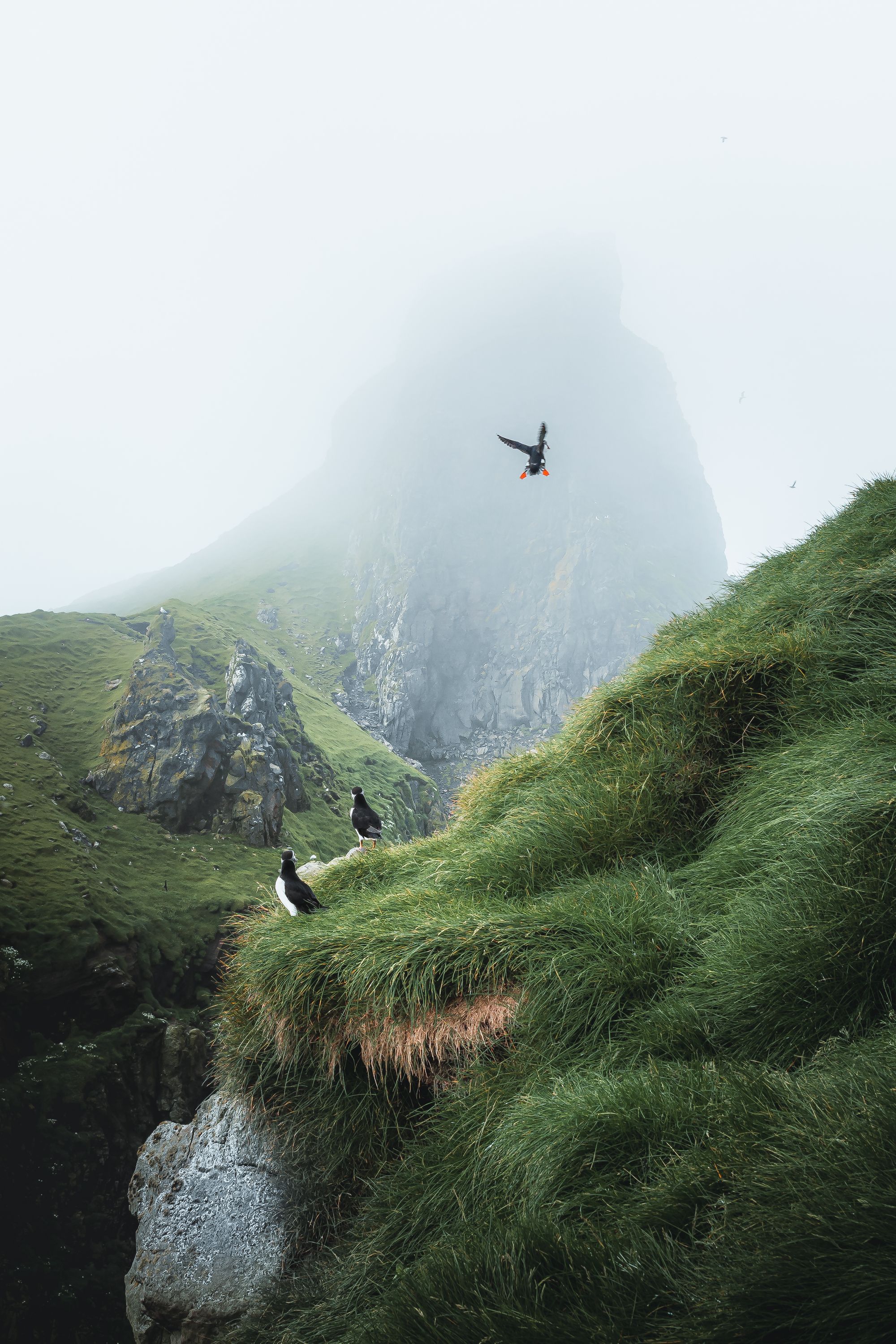
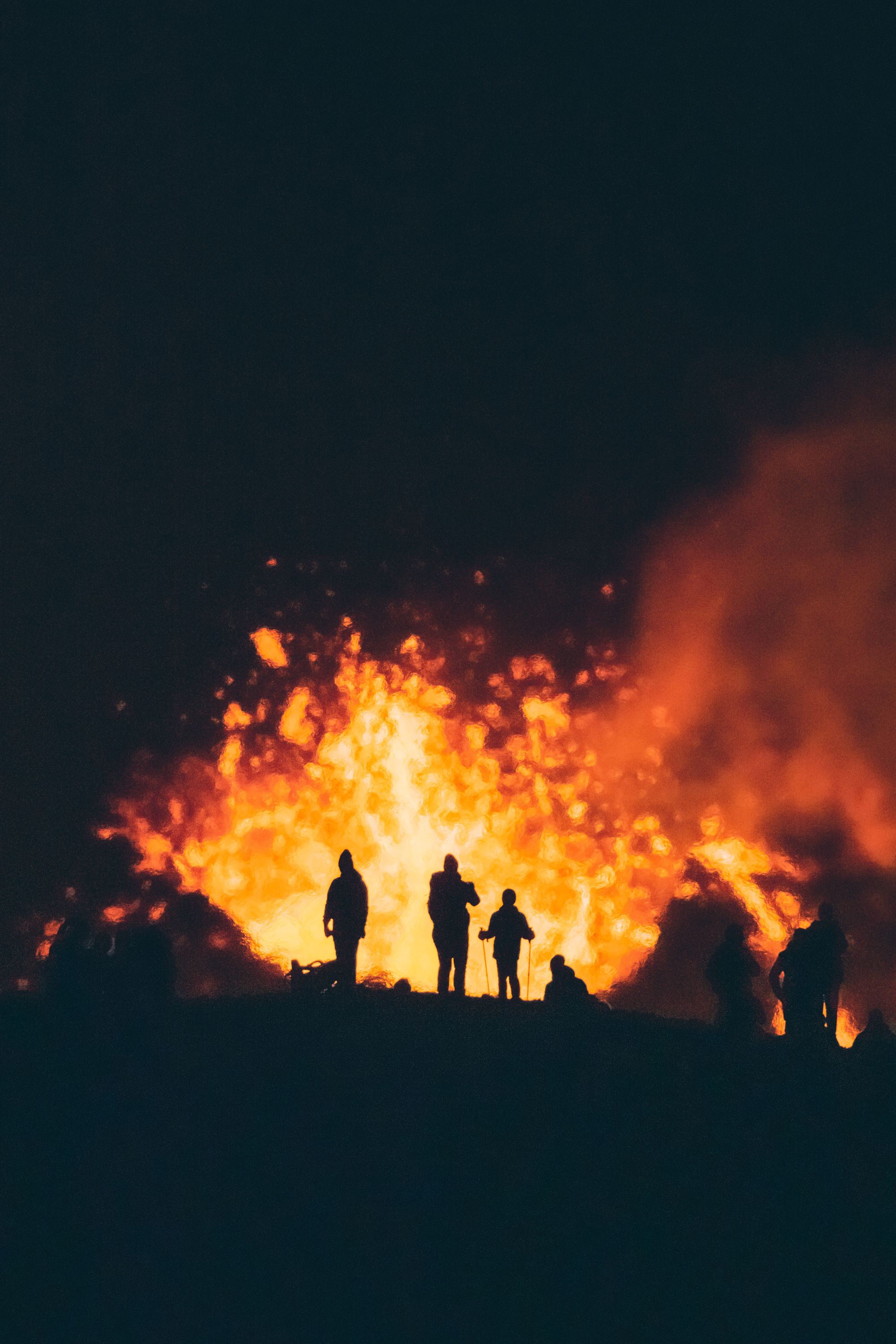
- How is your morning routine, and how do you prepare for work?
I live in a small town with my girlfriend and two kids. I like to start my days early and get some work done before anyone‘s up. I feel the most productive when everyone‘s still asleep and there‘s no interruption. The time I get up depends somewhat on when I go to sleep, but usually, I rise (not shine) between 4:30 & 6:00. I‘m a zombie at that point so I head to the bathroom and splash some cold water on my face and head to the kitchen. There I drink 1-2 glasses of water and start making my first cup of coffee. My next destination is 15 steps away, my home office. To postpone any actual work I often play 1-2 games of Chess online before opening my scheduling app. If the day hasn‘t been planned already I think about 2-3 priorities for the day and type those in. After that, it‘s time to work.
- How did your journey as a photographer start and how has it developed over the years?
I always liked taking photos, but about 5 years ago I never even considered it as a profession. I guess it‘s because I was merely taking photos of adventures and experiences in my own life and it never crossed my mind that could be a rewarding career. My father gave me an old film camera in 2015 which I started playing around with. At the time I was working as a psychologist at The National University Hospital of Iceland and one of my colleagues kept showing me some digital cameras which resulted in me buying a used Olympus body and a lens. I soon bought editing software and I got hooked right away. Every spare minute was either spent outside shooting, inside editing, or watching tutorials online. Since then I‘ve become way more professional in what I do and how I approach photography but I still try to keep my projects within my interests (outdoor adventures, interesting stories, etc.).
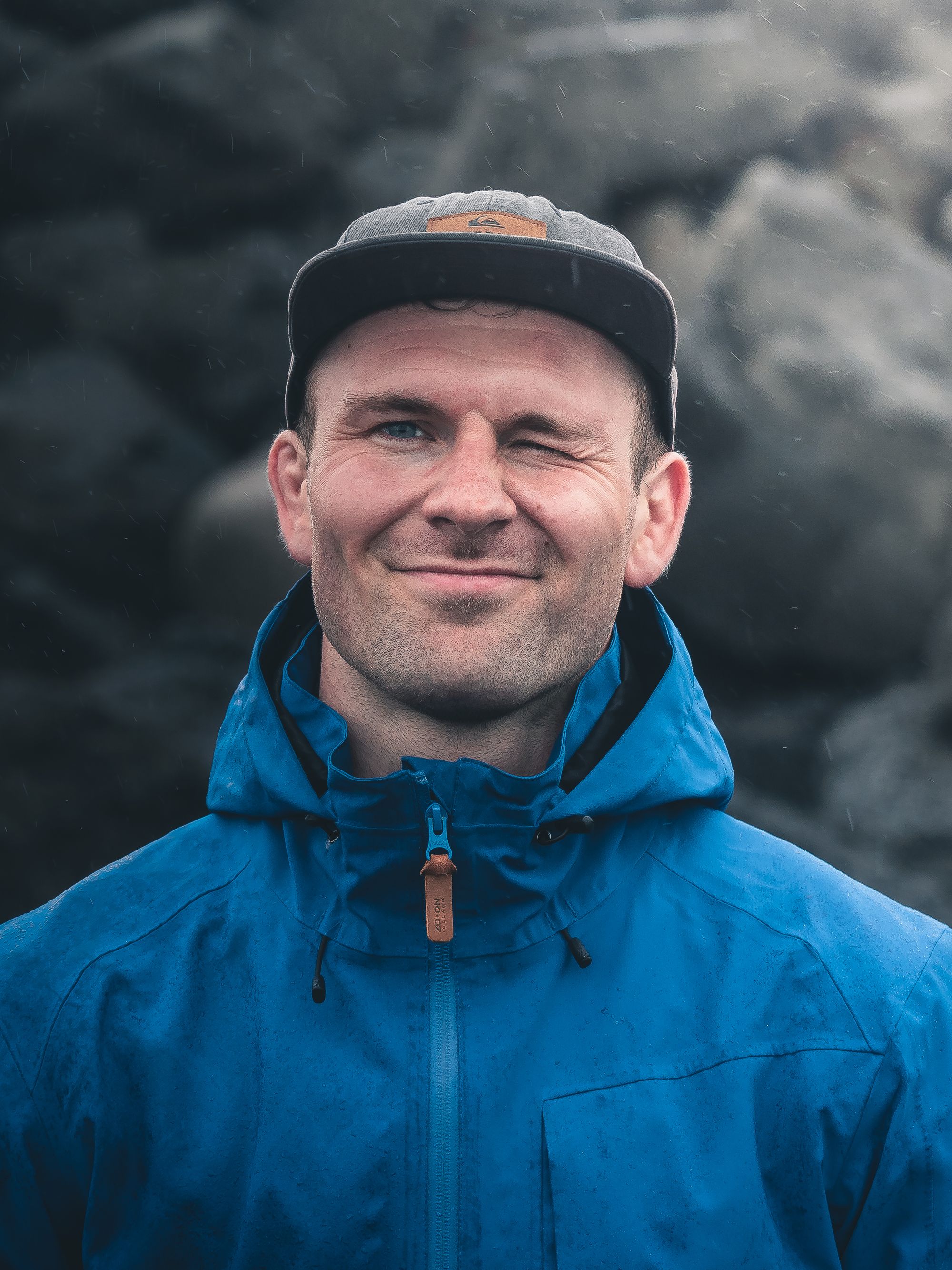
- How was your childhood and what are some of the values that stay with you?
I grew up in the capital region, mostly in a small area just outside Reykjavík. Personally, I think that most of my values have developed and become clear in the last 5-10 years. As a kid growing up and even as a young adult I didn‘t think or reflect that much, I just did things. I simply followed the path I was on which was most often paved with things I enjoyed doing and felt right to me. Looking back I can see how my life usually got worse in some ways when I moved away from that path and I began to feel out-of-place. The sooner I realized and found my way back the better. In the end, I think it boils down to self-awareness and being honest with yourself. It is something I struggle with from time to time and have to actively remind myself of.
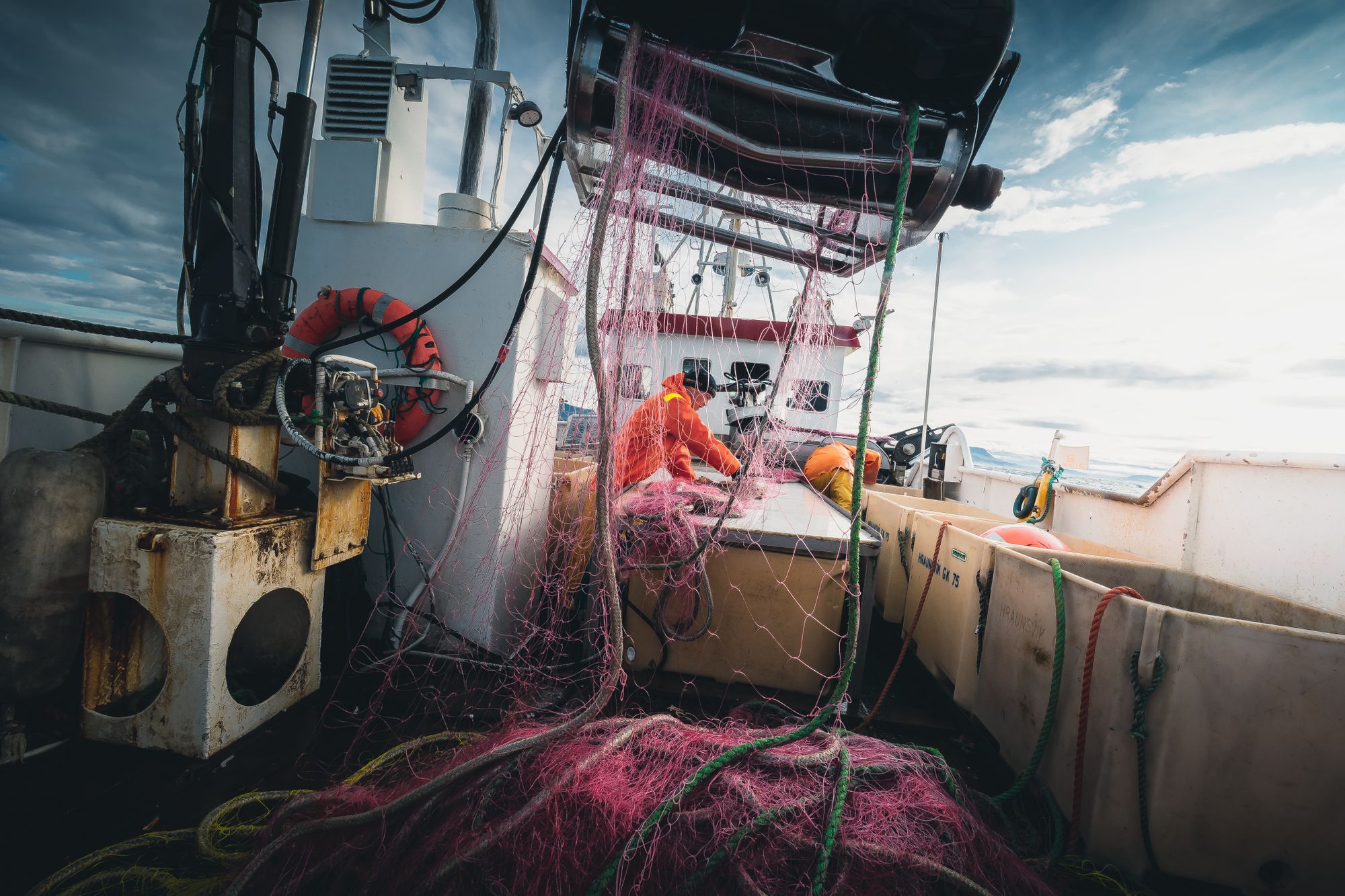
- What themes do you look for when you think of a picture and how has your approach developed?
It varies a lot and depends on if I‘m creating for myself or a client. But one thing that‘s always pretty consistent is that I‘m aiming for something relatively timeless. It can be hard with all the ongoing and ever-changing trends but I always do my best to create something that I think I‘ll be able to look at after 10 years without cringing. One thing that’s changed is I used to do everything I could to exclude all people and man-made objects from my photos but now my favorite thing to do is documenting the relationship and interactions between man and nature. The more natural the moments, the better.
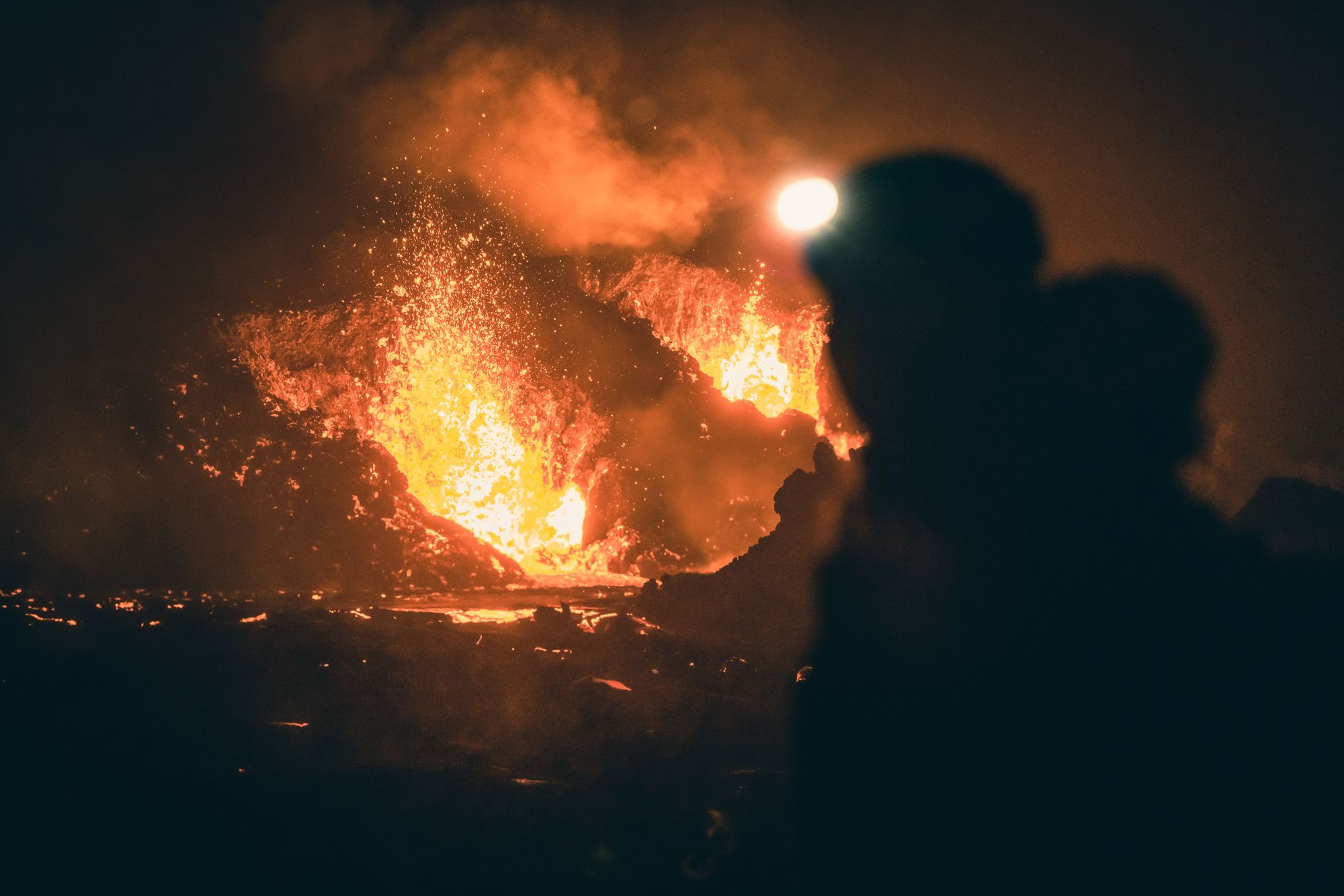
- How do you decide what lens/angle/frame to use when you take a photo?
This depends on the goal and the surroundings but I have two guiding principles which are simplicity and three types of shots. I like things to be as simple as possible with not too many distractions, especially if you want the viewer‘s focus in a specific place. This can also be achieved while editing but I try to do as much work as I can while taking the photo. The three types of shots I aim for are long shots (delivering facts while showing the whole scene, often used as establishing shots to reveal the setting of the story), medium shots (delivering a feeling while putting more focus on the subject/s while still showing some of the surrounding environment) & close-ups (delivering details and attempting to establish a connection between the viewer and the story).
Every tiny action that pulls us outside is a good thing
With those principles in mind, my lens choice becomes way easier. Which focal length (in relation to your distance from the scene/subject) will remove the most unnecessary distractions and fit one of your desired shot types. There are many rules of thumb regarding lens choice, especially in portraiture, but I‘ve seen them broken so many times with very interesting results – so I try to just have fun with them. Another thing to consider is the goal of each image. If I want the viewer to feel like they are there, I go for a pretty wide focal length (15-50mm) and a pretty straightforward angle (either from my own viewpoint or a little bit lower). If I want to convey the scale of a place, I have a person stand somewhere in the frame and move as far as I can with regard to my telephoto lens. By going far away and using a telephoto you compress the scene and the viewer gets a more accurate sense of scale. A mountain can look tiny when shot with a wide-angle, especially with a person standing close to the camera.
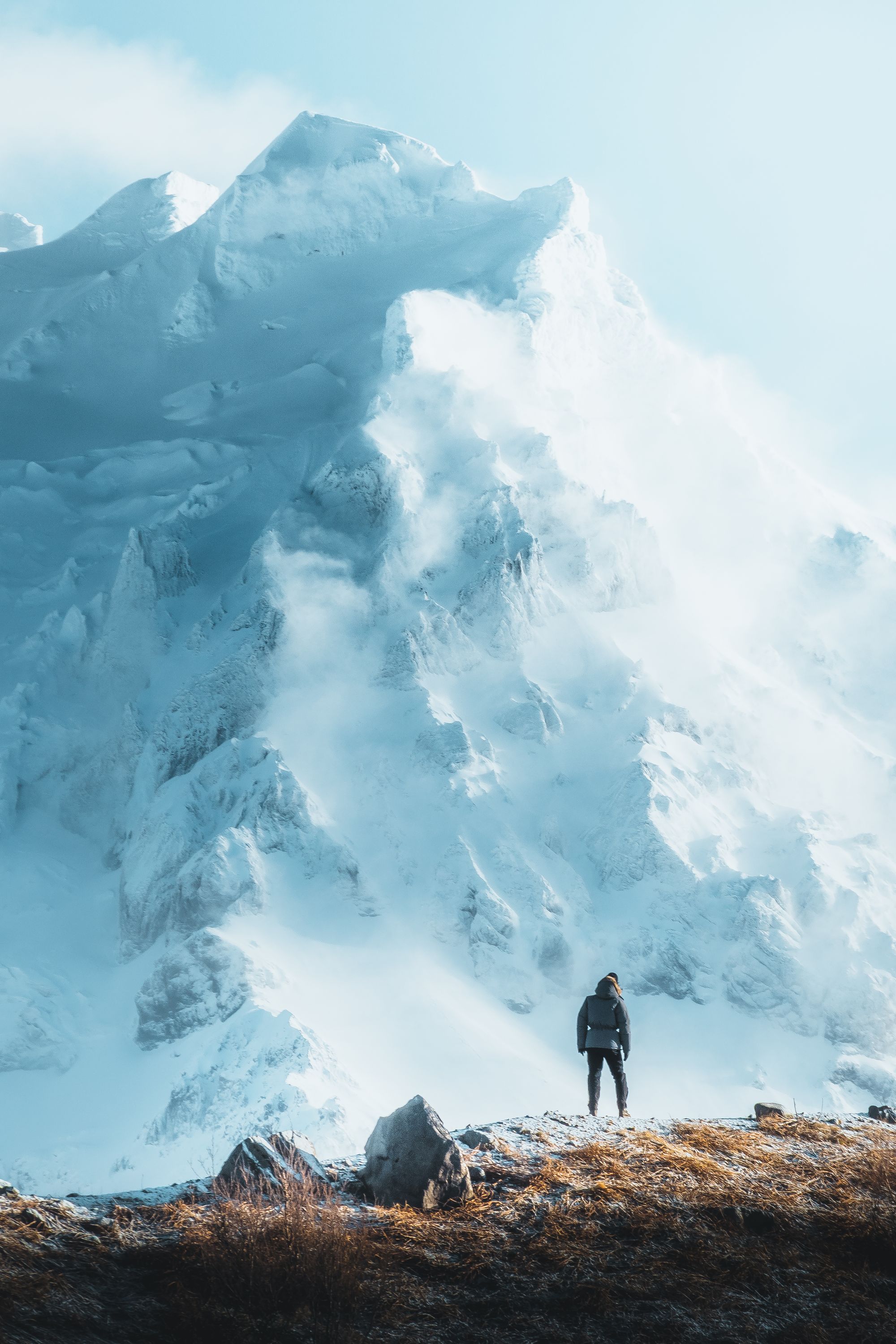
- What motivates and inspires you, in work and life?
At the end of the day, I want to tell interesting stories. While doing that I have two things I want to achieve aend they‘re intertwined. My main one, which I find way harder, is to tell stories that motivate others to do what they want to do. I think there‘s nothing but good that can come out of more people following their passion, as long as your passion isn‘t something super weird (like... bad weird). My other goal is to inspire people (myself included) to go outside and enjoy nature. We‘re made to be outside, be physical and solve problems and until recently, that was what we naturally did. Right now, most of us can pretty much stay inside all our spare time watching TV and it can be hard not to. I think the importance of nature and outdoor activities has never been as important and every tiny action that pulls us outside is a good thing.
- Were there any key courses or books or artists that helped you develop your skill?
I‘ve done most of my technical training through trial, error, and the internet. I haven‘t read many books on photography but one book I‘d recommend to everyone wanting to do something creative or entrepreneurial is The War of Art by Steven Pressfield. I think it‘s the only book I‘ve read more than once without the fear of failing some kind of test. Then I have a few photographers that I look up to like Ragnar Axelsson (RAX), Frank Hurley, Chris Burkard, Renan Ozturk & Jimmy Chin. It‘s not necessarily how they shoot or edit but rather their approach to tell stories and how much they‘re willing to endure while doing so.
Focus on yourself and what you can and want to do. Lastly and most importantly, be patient.
- What advice would you'd like to give yourself when you started taking photos, or anyone starting their journey?
Three things come to mind. Start by figuring out what your goal with photography is, that‘s going to make all other decisions easier. Goals can change, but then you‘ll just adjust your decisions accordingly. Secondly, don‘t think too much about what other people are thinking or doing. Focus on yourself and what you can and want to do. Lastly and most importantly, be patient. Don‘t get discouraged if things haven‘t taken off after a few months or even years. It‘s always good to evaluate if your current way of doing things is working or if you need to make some adjustments, but building skills and competence take time.
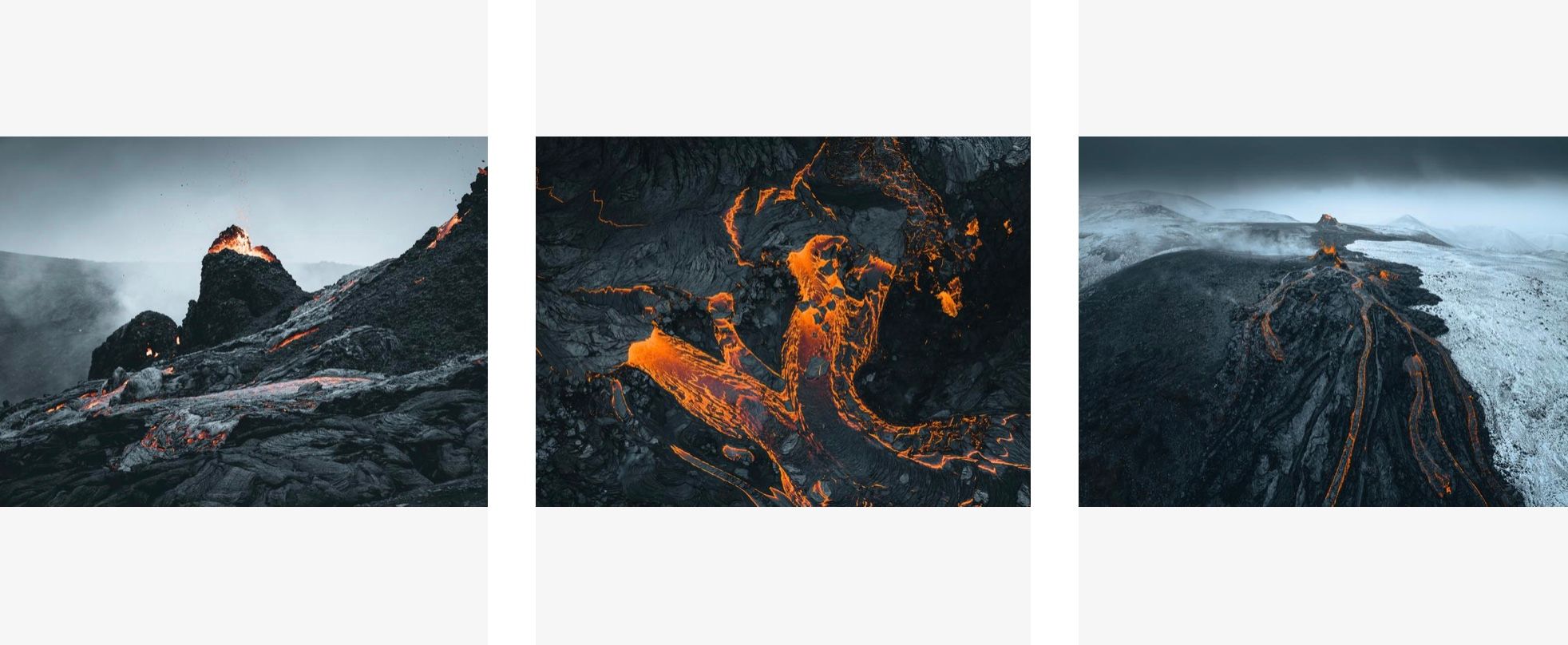
Today, Kolbeinsson takes on a variety of visual projects, both personal and professional. Along with his photography, he has started to share his approach, his tech specs, and has opened a boutique online store.
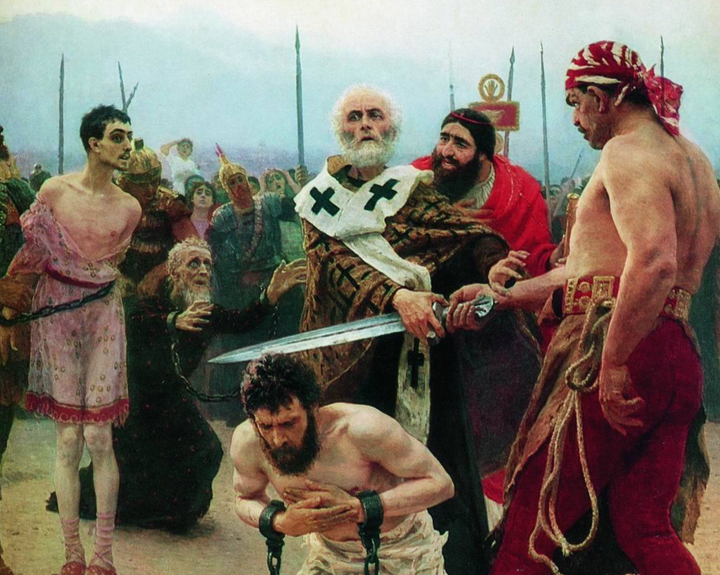
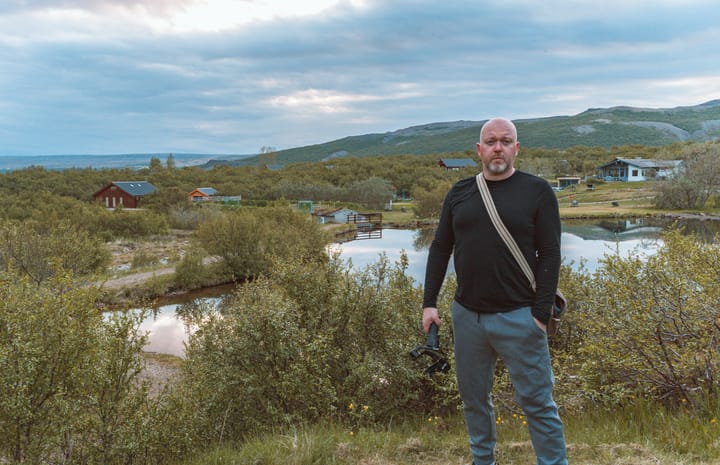
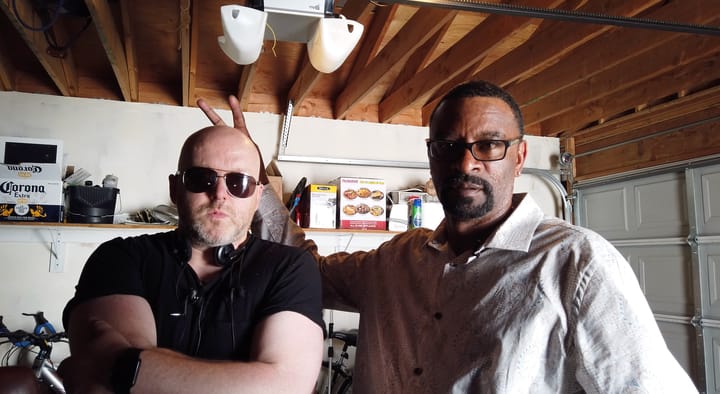
Comments ()